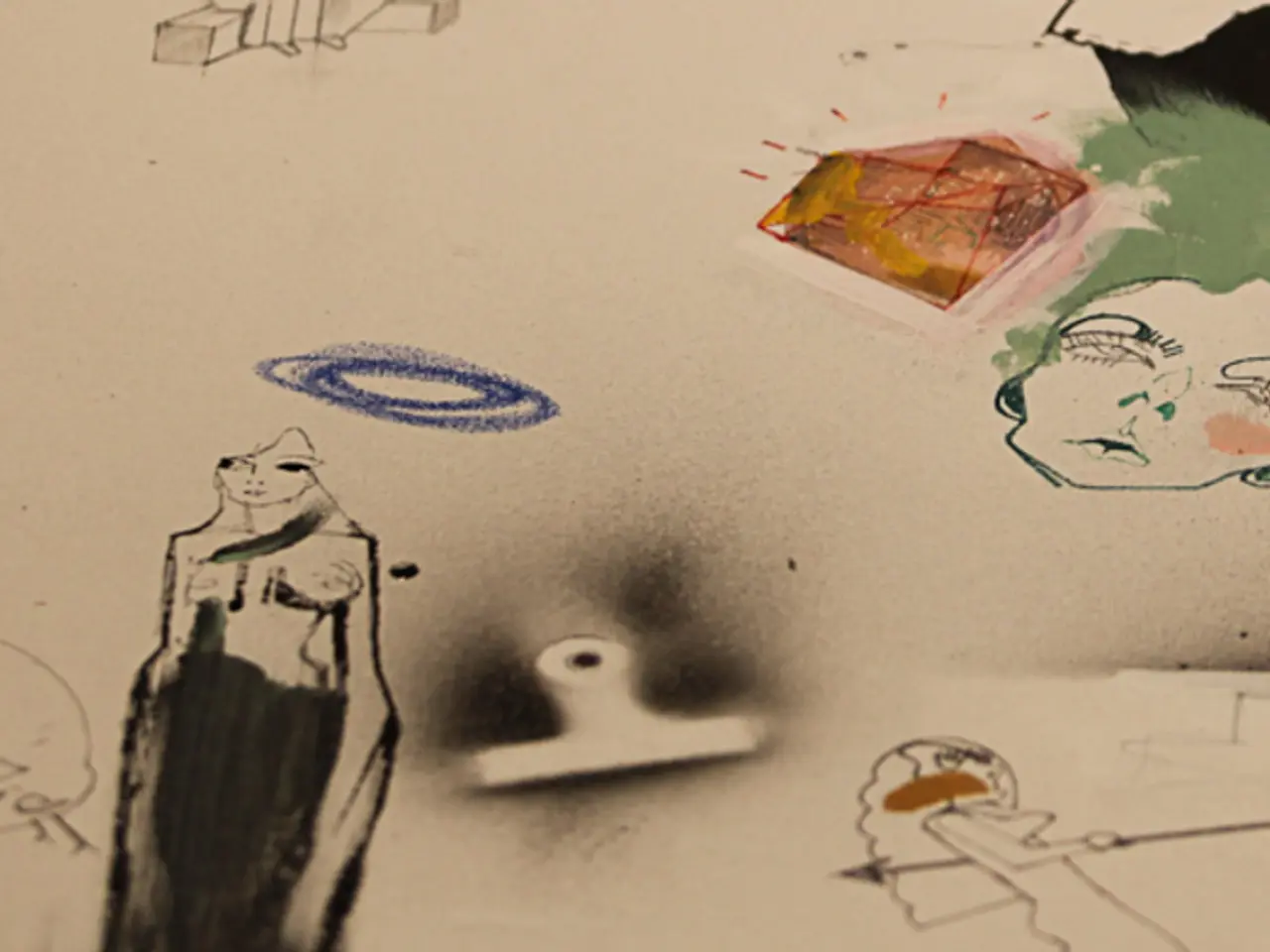Is Drawing Skills Necessary for Graphic Designers?
================================================================
Graphic design is a dynamic and creative field that requires a unique blend of technical skills and artistic vision. For those aspiring to carve a career in this industry, here are the essential skills that are indispensable.
First and foremost, creativity and visualization are key. Graphic designers must be able to generate appealing ideas and anticipate final outcomes. This ability to think outside the box and visualize concepts is crucial in creating designs that resonate with audiences and meet client needs.
Typography skills are another essential component. Effective arrangement and selection of fonts are vital for readability and impact. A graphic designer must understand the nuances of typography, such as kerning, leading, and hierarchy, to create designs that are not only visually appealing but also easy to read and understand.
Colour theory plays a significant role in graphic design. Understanding how colours evoke emotions and reinforce brand identity is essential in creating designs that resonate with the target audience. A graphic designer must be adept at using colour in a strategic and purposeful manner to create designs that are not only aesthetically pleasing but also effective in communicating the intended message.
Digital design software expertise is a must-have for any graphic designer. Proficiency in tools such as Adobe Photoshop, Illustrator, and InDesign is essential for creating and refining visual elements. These digital tools allow designers to manipulate images, create vector graphics, and design layouts with precision and efficiency.
Layout, composition, and branding knowledge are also crucial. A graphic designer must understand the principles of design, such as balance, proportion, and alignment, to create cohesive and functional designs. Moreover, a deep understanding of branding is necessary to ensure that designs are consistent with the brand's identity and values.
Communication and collaboration are key skills in the field of graphic design. Graphic designers often work with clients and teams, and the ability to communicate effectively is essential in ensuring that the final product meets the client's needs and expectations.
While drawing and sketching can support initial concept development and help visualize ideas, they are not the core of graphic design work. Graphic design is primarily about digital design and applying visual communication principles. Drawing is often described as a useful supplementary skill, but digital proficiency and conceptual design abilities are considered more critical in the field.
In the realm of web and UI design, layout and typography are the primary focus, with little to no drawing required. Motion graphics, on the other hand, require knowledge of animation, not hand drawing. Editorial and layout design focuses on balance and structure, not illustration. Packaging design might benefit from sketching but primarily relies on mockups and templates. Branding/logo design may involve some sketching, but the focus is more on concept development and digital implementation.
In conclusion, a successful career in graphic design requires a combination of creativity, technical skills, and a deep understanding of design principles. While drawing ability can be helpful, it is not essential, as graphic design primarily revolves around digital design and visual communication principles.
A graphic design career necessitates continuous education and self-development, focusing on enhancing creative thinking, mastery of digital design software, and understanding of branding principles. Career-development in this field, therefore, involves not only improving technical skills but also expanding knowledge in education-and-self-development to stay updated with emerging trends, tools, and design philosophies. In concurrent efforts, a successful graphic designer should also emphasis on effective communication and collaboration to ensure client satisfaction and successful project delivery.




